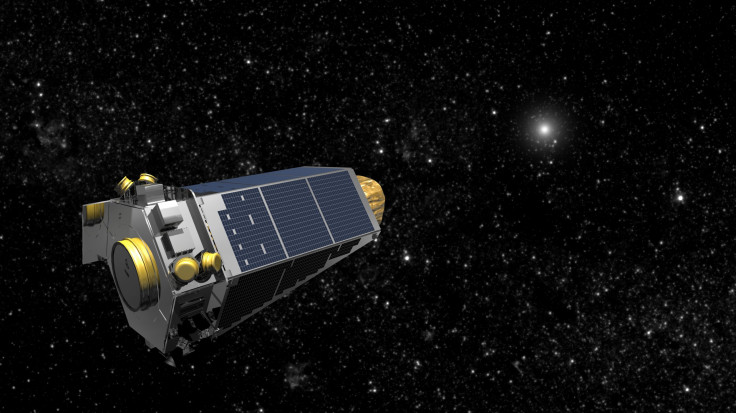NASA’s Planet-Hunting Kepler Spacecraft Recovers From Emergency Mode

NASA’s planet-hunting Kepler space telescope has been brought back to a “stable” state days after it inexplicably entered an emergency mode 75 million away miles from Earth. The spacecraft is now operating in its lowest fuel-burn mode and has resumed communications with ground control, NASA said in a statement released Monday.
“The anomalous EM event is the first that the Kepler spacecraft has encountered during its seven years in space. Mission operations at NASA's Ames Research Center in California's Silicon Valley, Ball Aerospace and the Laboratory for Atmospheric and Space Physics at the University of Colorado in Boulder remain vigilant,” Charlie Sobeck, Kepler and K2 mission manager, said in the statement. “Once data is on the ground, the team will thoroughly assess all on board systems to ensure the spacecraft is healthy enough to return to science mode and begin the K2 mission's microlensing observing campaign, called Campaign 9. This checkout is anticipated to continue through the week.”
Since it was launched in 2009, Kepler has detected over 1,000 exoplanets by looking for periodic dimming in their parent stars’ light. Although this technique has proven to be wildly successful for planets orbiting close to their stars, it does not work so well for bodies whose orbits are too far from their parent star to cause significant dimming, or for free-floating exoplanets wandering between stars.
The microlensing observing campaign — or Campaign 9 — is part of Kepler’s extended K2 mission, and aims to detect distant exoplanets by detecting the warping effect of gravity on light, called gravitational lensing.
Kepler’s narrow window for observing our galactic center will end on July 1, after which the region will no longer be in view of the instruments on board.
“The Emergency Mode began approximately 14 hours before the planned maneuver to orient the spacecraft toward the center of the Milky Way for Campaign 9. The team has therefore ruled out the maneuver and the reaction wheels as possible causes of the EM event,” Sobeck said in the statement.
© Copyright IBTimes 2025. All rights reserved.





















